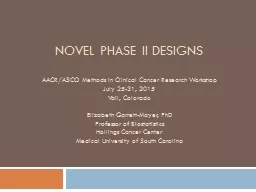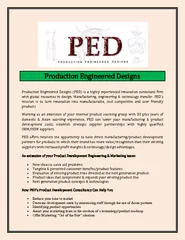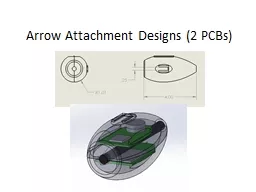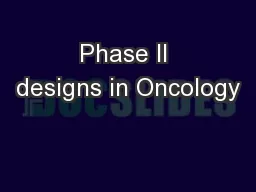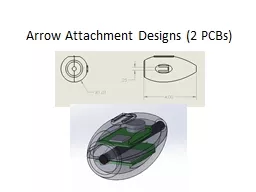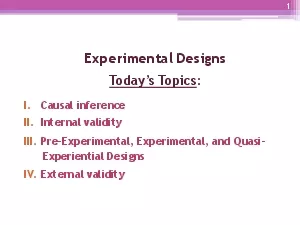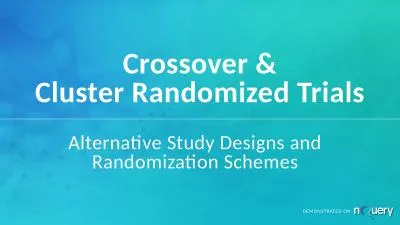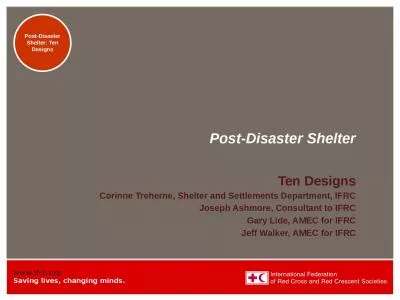PPT-phase ii STUDY designs:
Author : calandra-battersby | Published Date : 2019-03-15
Part 2 Resident and Fellows Lecture Series A pril 12 2016 Elizabeth GarrettMayer PhD Hollings Cancer Center Current State of Phase II Lots of changes in the past
Presentation Embed Code
Download Presentation
Download Presentation The PPT/PDF document "phase ii STUDY designs:" is the property of its rightful owner. Permission is granted to download and print the materials on this website for personal, non-commercial use only, and to display it on your personal computer provided you do not modify the materials and that you retain all copyright notices contained in the materials. By downloading content from our website, you accept the terms of this agreement.
phase ii STUDY designs:: Transcript
Download Rules Of Document
"phase ii STUDY designs:"The content belongs to its owner. You may download and print it for personal use, without modification, and keep all copyright notices. By downloading, you agree to these terms.
Related Documents

